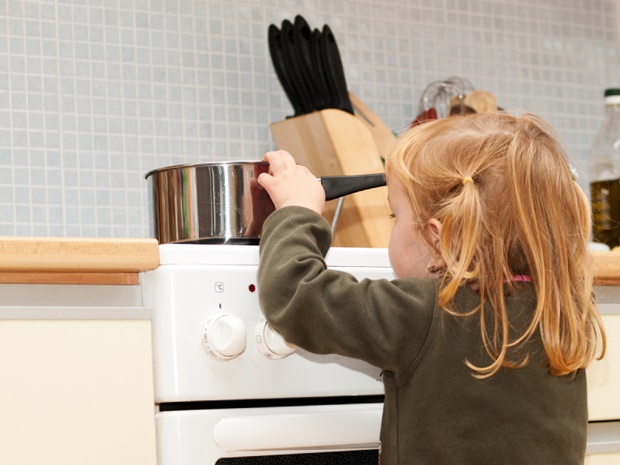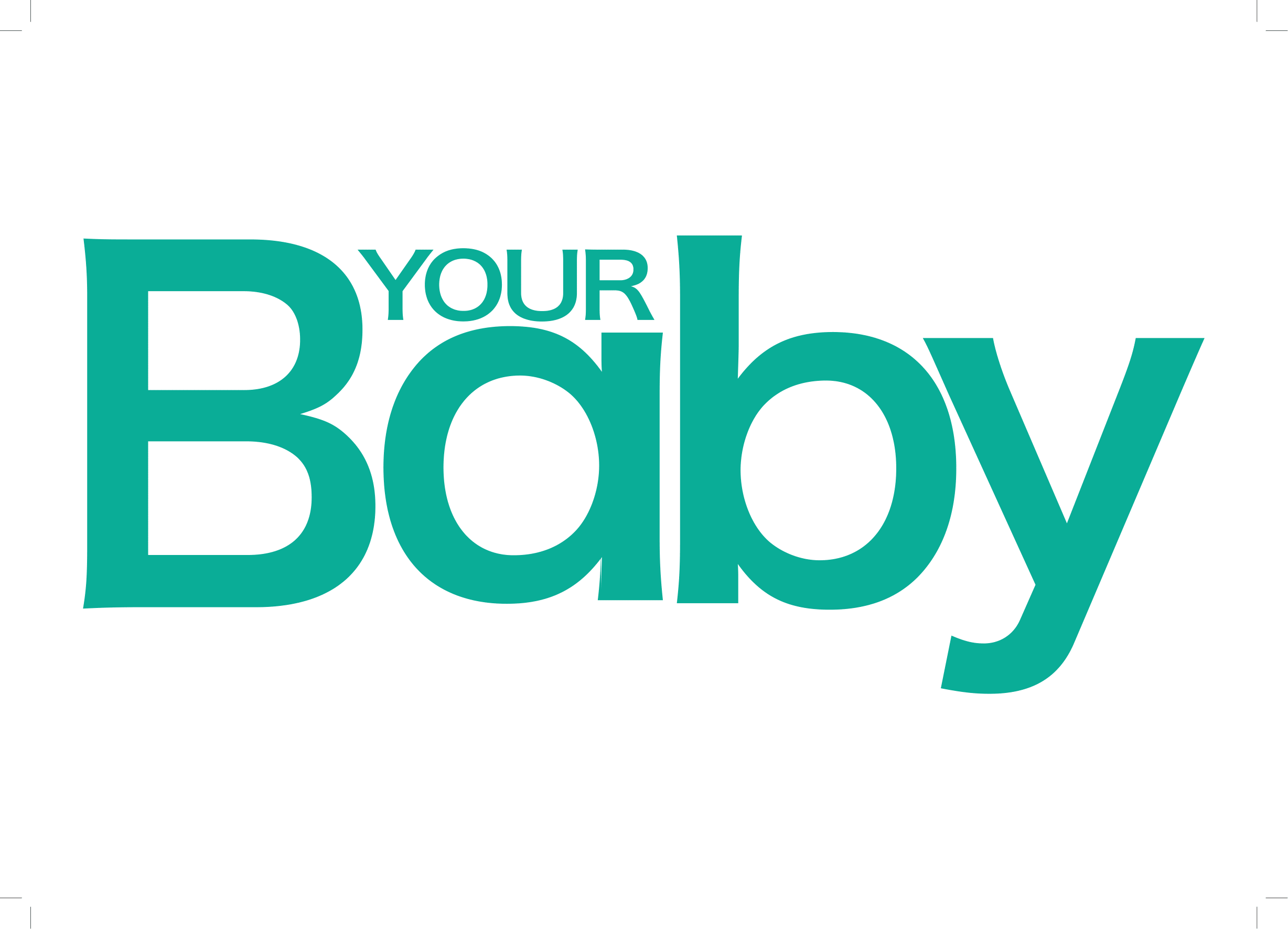
Thermal or heat related injuries are largely preventable but remain a major problem in South Africa. Statistics show that as many as 256 children get burned every day.
According to Gerhard Van Emmenis, Principal Officer of Bonitas Medical Fund, “Burns are among the most devastating of all injuries, ranging from physical impairments and disfigurement, to emotional and mental anguish. It can cost up to R100 000 to treat one burn victim.”
Prevention is key and we asked the experts to help us safeguard our homes to minimise these accidents, and they also advise parents what to do when their child gets burned.
Who is at risk?
Most burn incidents happen in the home environment. Everyone, of any age, is at risk.
But children are particularly susceptible, as toddlers or pre-schoolers who are mobile and confined in a small spaces in cold weather are at very high risk of burn injury. Children’s skin is thinner than adults’, making them particularly susceptible to harsher burns with long-term effects,’ says Gerhard.
What are the major causes of burns in children?
Parrafin
“The major cause of thermal injury is related to the use of paraffin in the home as an energy source,” says Gerhard Van Emmenis, Principal Officer of Bonitas Medical Fund. “Paraffin is particularly flammable and burns easily and, if spilled, can lead to an extensive fire.”
Hot drinks or oil
According to Charlene van Tonder from Safe-Kids (a company offering first aid courses in Cape Town), burning with a hot liquid like water or oil is one of the most common causes of household burns among babies, toddlers and young children.
"Many babies are burnt while their mothers drink hot tea and coffee while breastfeeding," she says. Toddlers who start to walk or pull themselves up against things are often burnt by pulling over cups of hot coffee or tea, adds Charlene. And "children of any age can be burnt in the kitchen when they accidentally bump into their parents, spilling hot contents over themselves.”
Bathwater
“Often children climb into the bath when a parent has run only the hot water,” cautions Charlene.
Gerhard advises that you run the cold water first, then add hot water to the desired temperature so there’s never scalding water in the bath tub. And always first check the temperature of bathwater before putting a child into a bath.
Heaters and fires
During the winter months, heaters often cause burn wounds and in many homes candles, fires and braais are often the cause of serious burn wounds, Charlene says.
Gerhard adds heaters should never be left on all night and certainly not when the family is sleeping, and flammable materials must be safely away from any heating device.
Electrics
Burns can also occur from electrical sources such as faulty switches, plugs or exposed cables, warns Gerhard.
Preventing burns
1. Teach your kids about safety
Charlene says you need to teach your kids about safety from an early age too. "Teach them what items are hot, that they should never play with fire, and what will happen if they do," she says.
2. Make sure your home environment is as safe as possible
- Accidents can and will happen, especially with small children who might not have it all figured out yet. There are, however, certain things you can do at home to make your child's environment a safer place to be.
- Always ensure children are in the company of trustworthy, responsible caregivers.
- Never leave a child unattended near a heat source and in the bathroom or kitchen.
- Don't carry hot liquids or food near your child.
- Ensure paraffin stoves are out of reach and on safe work areas.
- When cooking, use back burners and turn pot handles inwards.
- Never sleep with a heater on or with a fire still blazing.
- Lower the temperature of the geyser.
- Never leave matches or lighters within the reach of children.
- Invest in a fire extinguisher.
- Use safety covers on electrical outlets to prevent electrical burns and keep electrical cords out of reach.
- Be careful when using portable heaters, irons and domestic appliances. Be extra careful around open fires and braais.
- Do NOT leave live wires and cabling exposed in or near the home.
What to do if your child is burned
Should your child suffer a burn, there are certain things that you should and shouldn't do to help him or her immediately, says Charlene.
By giving immediate first aid you can lessen the severity of the burn while rushing the child to emergency rooms. Prompt medical attention to serious burns can help prevent scarring, disability, and deformity.
1. Get to safety
Bonitas Clinical Team advises that in the event of a thermal (burn) injury, the first step is to remove the child from the danger and ensure the environment is safe.
If the clothes are on fire, splash with only water from the face downwards, never upwards as this can cause the fire to flare up, says Charlene.
2. Call the ambulance or rush to hospital
How do you know it’s serious enough to need urgent medical attention?
Charlene offers the following guidelines. If you're at all unsure, definitely take your child to the nearest hospital.
- Severe burns must always be taken to hospital immediately if the skin is blistered or the burn wound is larger than the palm of the child's hand. This is a major burn.
- Inhalation burns that have been caused by smoke should be treated immediately as this affects your child's face, hands, feet and genitals, and need urgent medical assessment.
- Electric shocks can cause internal injuries, and therefore your child should always be rushed to hospital.
- If a smaller burn wound appears infected or remains painful, it should be seen to by a doctor.
"It is highly recommended that all parents attend a Basic First Aid course," says Charlene. "In an emergency, managing the first few minutes is vital, until an ambulance arrives, or you are able to get to hospital.
Should your child stop breathing while you wait for medical attention, you will need to perform CPR (cardiopulmonary resuscitation) and learning this skill can make all the difference in an emergency," she adds.
3. Cool the burned skin
- First and foremost, you need to cool the burn down with cool water.
- If the clothes are burned too, don't try to get the clothes off but cool them down first under cold running water for 10 minutes.
- Once the clothes and burn have cooled down, you can try to get them off by cutting (never ripping or pulling) them off your child.
- Then smear the burn with a gel-based burn dressing (such as Burnshield) and cover with sterile dressings. If you weren't able to get the clothes off (which if often the case), then apply Burnshield to whatever naked skin that you can see, and rush your child to the hospital where the clothes will be surgically removed and Burnshield will be applied to the remaining burns.
What not to do
- Never put any foodstuffs like butter and eggs on the wound, and also avoid creams, lotions, Vaseline, ice or anything else on the burn as this will only cause infection and will have to be scraped off at the hospital.
- Don't breathe, cough, or blow on the burn.
- Don't touch blistered or dead skin.
- Do not remove the clothes unnecessarily, especially if they are stuck to the skin. This can cause the skin to rip off and create even more damage and scarring later on.
- Never put a child with severe burns into a cold bath as this could send him or her into shock.
Types of burn wounds
Superficial burn (first degree)
This is purely a surface burn affecting the first layer of skin, where the skin appears red, is painful to the touch and may be slightly swollen but the skin remains intact. An example is sunburn.
Simply run cold water over the affected area for five to 10 minutes and cover the burn with a sterile dressing. The cold will help remove the excessive heat from the skin and reduce the damage.
Partial thickness burn (second degree)
Damage includes dermis and epidermis. The skin is red, blistered, swollen and extremely painful, for example a burn from hot water.
Seek medical assistance. Once blistering occurs or the burn is on the face, neck, hands or feet you need to get your child to a healthcare practitioner. The priority is to ensure the wound is cleaned and dressed correctly.
Full thickness burn (third degree)
All the layers of the skin are damaged, the burn goes through the dermis and affect deeper tissues. The skin appears pale, waxy and charred. Surprisingly, this burn is often not painful, as most of the nerve endings have been damaged. The patient is very cold as the protection from the environment (provided by the skin) has been damaged by the burn injury.
These injuries are extremely serious. Immediately seek medical assistance. If the burn covers a large part of the body, gently cover it with a clean sheet soaked in cold water. Gently remove clothing, shoes and jewellery from the area unless it is stuck and wait for medical assistance.
Treating a burn caused by a chemical
Gerhard advises: “Remove any contaminated clothing and brush off any dry chemicals or residue. Wash the affected area under running water for 15 minutes then visit a doctor or hospital.”
“Education around prevention, treatment and changes in behaviour are crucial to reducing the high statistics of these incidents in South Africa. Be aware and vigilant and stay safe this winter,” say Gerhard.
IMPORTANT: This article was advised by Bonitas Clinical Team and Charlene van Tonder from Safe-Kids. The information DOES NOT replace medical advice and we urge you to immediately seek emergency medical help with burn injuries.
Read more:
The dangers of distracted parenting
9 safety tips for your baby you need to know
GRAPHIC: Burn victim bares skin for beautiful pregnancy shoot
Make-up artist who got severly burned aged 9 is now living the dream
Have you had to deal with an emergency situation regarding burn wounds? Share your stories with us at chatback@parent24.com and we may publish them.




 Publications
Publications
 Partners
Partners










